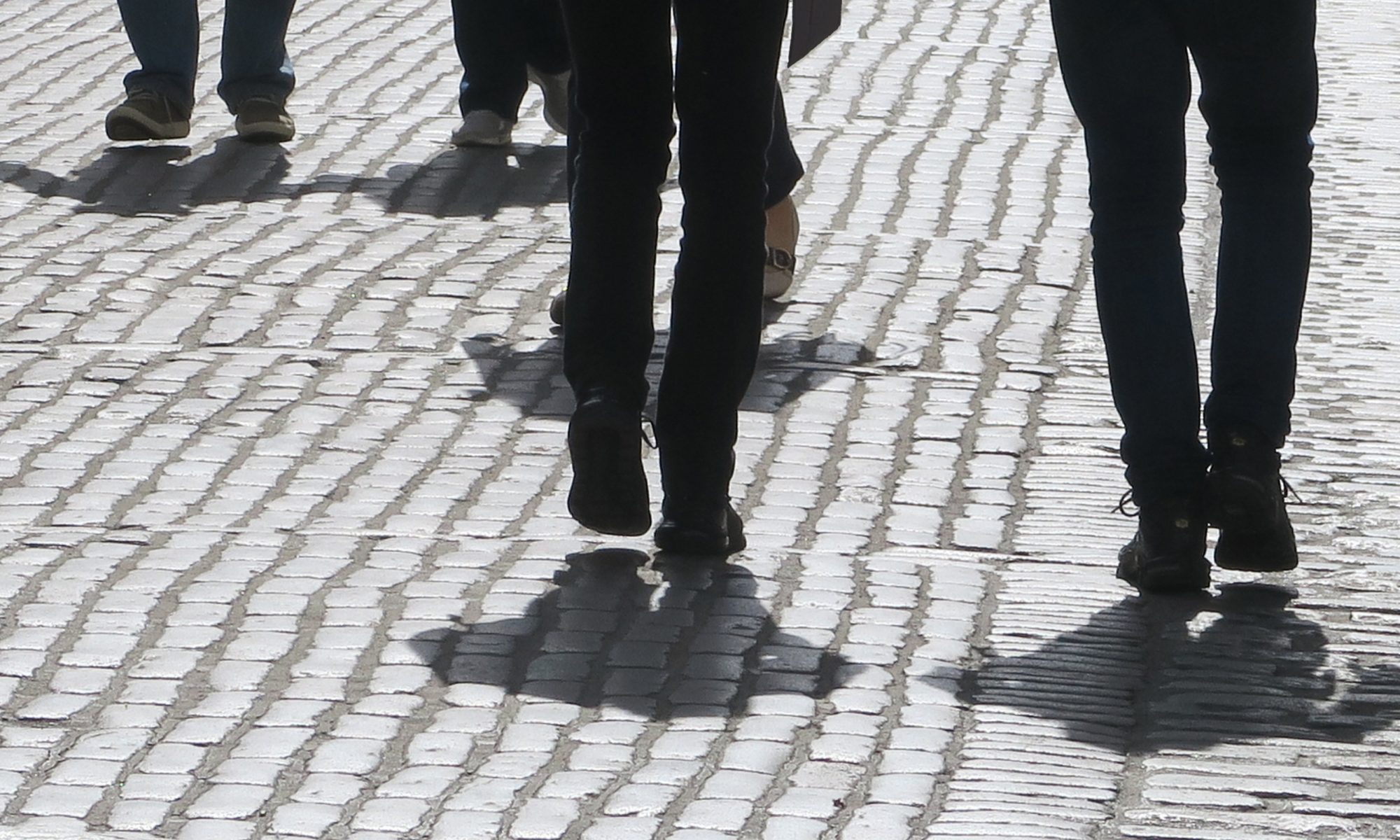20’s Plenty for London campaigns for 20mph speed limits on London’s residential and urban streets. Evidence shows that lower vehicle speeds reduce casualties, encourage walking and cycling, and make neighbourhoods quieter, cleaner and more liveable.
Almost three-quarters of inner London’s 3.1 million population now live on 20mph roads. But more work needs to be done in outer London boroughs and on stretches of the bigger, more dangerous roads managed by Transport for London.
For an update on the progress of 20mph in London, see Jeremy Leach, London campaign coordinator’s latest report.
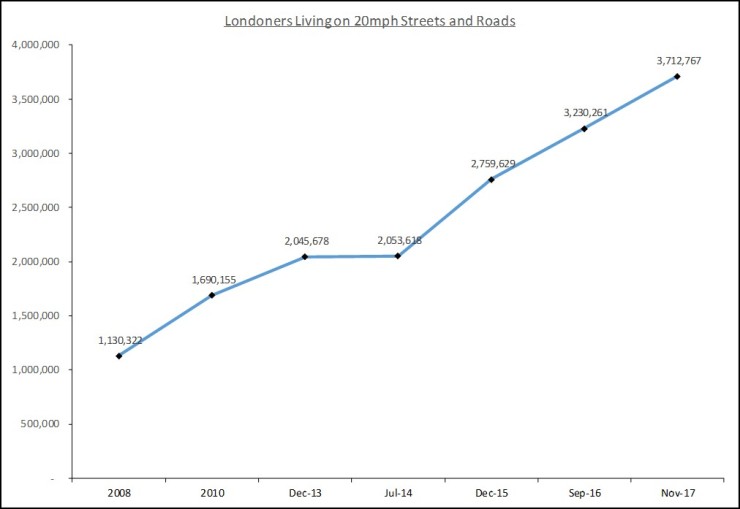
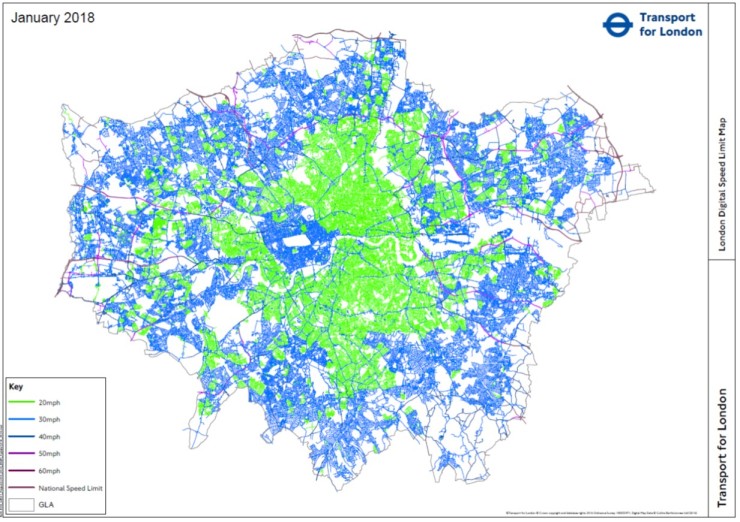
Why do lower vehicle speeds matter?
Lower maximum speeds reduce road casualties; encourage more people to walk, cycle and use public transport; reduce noise levels; and help to improve air quality.
Road casualties
Speed plays a big part in road casualties. People hit by a vehicle travelling at 30mph are four times more likely to die than those hit at 20mph, according to San Francisco’s Vision Zero Two-year Action Strategy
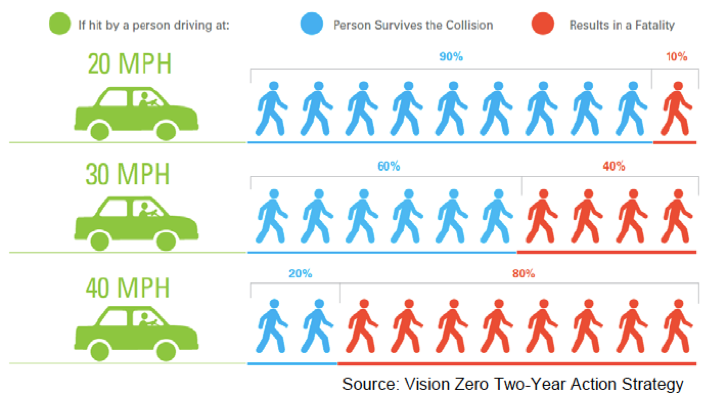
Even small reductions in speed make a difference. Each 1mph reduction in mean traffic speed is associated with an average 5 percent reduction in accidents, according to a Transport Research Laboratory report.
A 2009 study, by London School of Hygiene and Tropical Medicine, found that where the maximum vehicle speed is reduced to 20mph, casualty levels are cut by around two fifths.
While it is important to calm residential roads, the reality is that most casualties occur where vehicles and people interact on major roads, town centres and high streets. Lower speeds are vital on these major roads.
Improving public health
Lower speeds also encourage more people to be active, or walk and cycle. Fear of motor traffic is one of the biggest reasons why people choose not to cycle, with 44 percent of people saying they would cycle more if the roads were safer. In Edinburgh, research into trials of 20mph limits found that the proportion of children cycling to school rose from 4 percent to 12 percent in 20mph zones.
Reducing noise
Research in Sweden has shown that noise decreased between 2 and 4dB for cars when speeds were reduced from 50kph (32mph) to 30kph (18 mph). Excessive traffic noise has been linked to disrupted sleep and even heart disease.
Improving air quality
Lower speeds also reduce air pollution. They also reduce stopping and starting and thus reduce fuel consumption.
Although there is a small increase in NOx and CO2 emissions when petrol vehicles travel at 20mph rather than 30mph, the position is opposite for diesel vehicles, where emissions are lower at 20mph than 30mph. Given the much larger quantities of dangerous emissions from diesels in London, 20mph results in lower levels of NOx and PM10 overall.
The introduction of 30kph zones in Germany led to drivers changing gear less, braking less, and requiring 12 percent less fuel.
How can we enforce 20mph?
We expect enforcement of 20mph speed limits to be part of London’s Vision Zero approach, as set out in the draft Mayor’s Transport Strategy. This aims for no one to be killed or seriously injured on London’s roads by 2041. For more information on these measures, visit our Vision Zero page
Measures to reduce speeds and increase enforcement should include:
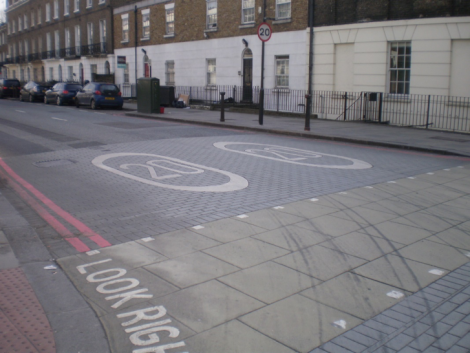


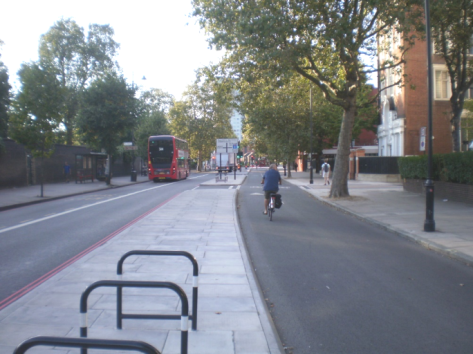

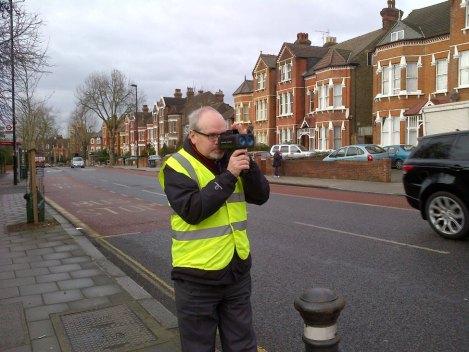
With the Healthy Streets initiative and a Vision Zero approach included in the Mayor’s draft transport strategy, we hope that Transport policy in London is moving towards a lower speed environment on London’s roads. 20mph speed limits are likely, in time, to become the default on all streets and roads where people are out and about in large numbers.
